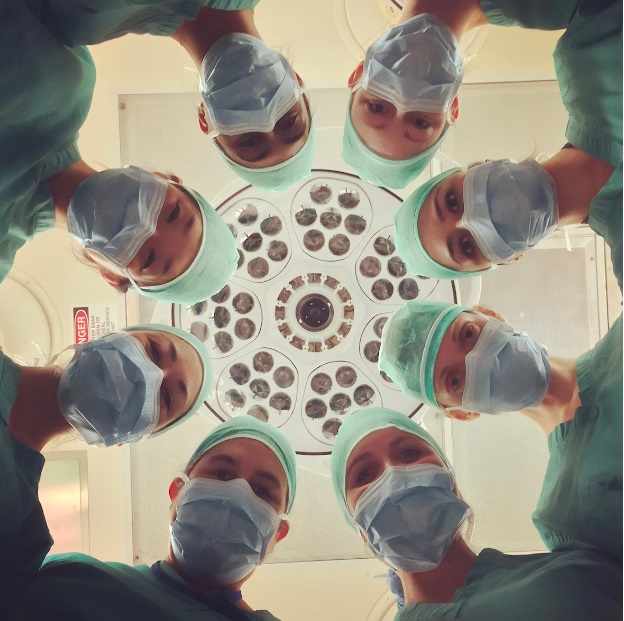AI, and Machine Learning Are Revolutionizing The Surgical Landscape for More Efficient, Predictable, and Secure Operations: 10 Spine Leaders Weigh In
January 10, 2023
The potential of artificial intelligence (AI) and machine learning (ML) in the field of spine surgery is vast, promising improved patient outcomes, reduced complications, and decreased healthcare spending. To gain insights into the future of this specialty, Becker conducted a survey involving ten spine surgeons who shared their perspectives on the impact of AI and ML. Their responses shed light on the potential advancements that these technologies can bring to spine surgery in the next decade.
Beckers asked the Question: What will artificial intelligence and machine learning look like in spine surgery in 10 years?
We’ve included 5 of the answers below, but all of the insights provided by these spine surgeons highlight the potential impact of AI and ML on the future of spine surgery. Most of them focus on aiding in decision-making to optimizing patient outcomes and reducing complications. While challenges still exist, the ongoing advancement and integration of AI and ML in spine surgery are expected to drive positive change and enhance the quality of patient care in the years to come.
Dr. James Dowdell from the Hospital for Special Surgery in New York City believes that AI and ML will drive better outcomes in spine surgery by providing better decision-making in determining the appropriate operation for each patient. AI and ML can utilize various variables to support surgical decisions. Reducing variability in decision-making can lead to better patient outcomes, fewer complications, and reduced healthcare costs.
Dr. Jun Kim from Mount Sinai in New York City anticipates that, in ten years, machine learning will enhance patient care throughout all phases, including preoperative planning, intraoperative execution, and post-surgical care. The availability and utilization of patient data will enable the development of algorithms that make spine surgery more predictable, efficient, and safer.
Dr. Philip Schneider from The Centers for Advanced Orthopaedics in Bethesda, Maryland, emphasizes the potential for AI and ML to improve practices and options in spine surgery, ensuring safer surgeries and better outcomes. He envisions AI and ML evolving to predict surgical outcomes, provide insights into potential complications and readmission rates, and create clinical decision support tools. This progress will enable surgeons to determine the best surgical fit for each patient based on predictive models.
Dr. Nick Jain from DISC Sports & Spine Center in Newport Beach, California, sees the value of machine learning and AI in optimizing patient outcomes by improving surgical indications. Large-scale databases and data mining techniques can identify specific MRI traits and patient-specific factors to determine cohorts of patients with the highest likelihood of positive outcomes. By leveraging thousands of individual data points per patient, surgeons can isolate cohorts that are most likely to benefit from specific treatments.
Dr. Alexander Butler from Lenox Hill Hospital in New York City emphasizes the role of predictive analytics in optimizing outcomes for spine deformity patients. Large databases and machine learning algorithms can inform pre-operative decision-making, maximizing the benefits for each patient. He also expresses the need for more objective guidance regarding predicted structural and biologic outcomes in the minimally invasive surgery (MIS) arena.
Recent News

November 07, 2023
UT Arlington’s Smart Hospital: Innovations and Advancements
The University of Texas at Arlington (UT Arlington) innovative hospital has […]
Read More
October 22, 2023
Healthcare’s 2023 Dilemma: Staffing Gaps
The healthcare sector in the US is grappling with a significant […]
Read More
